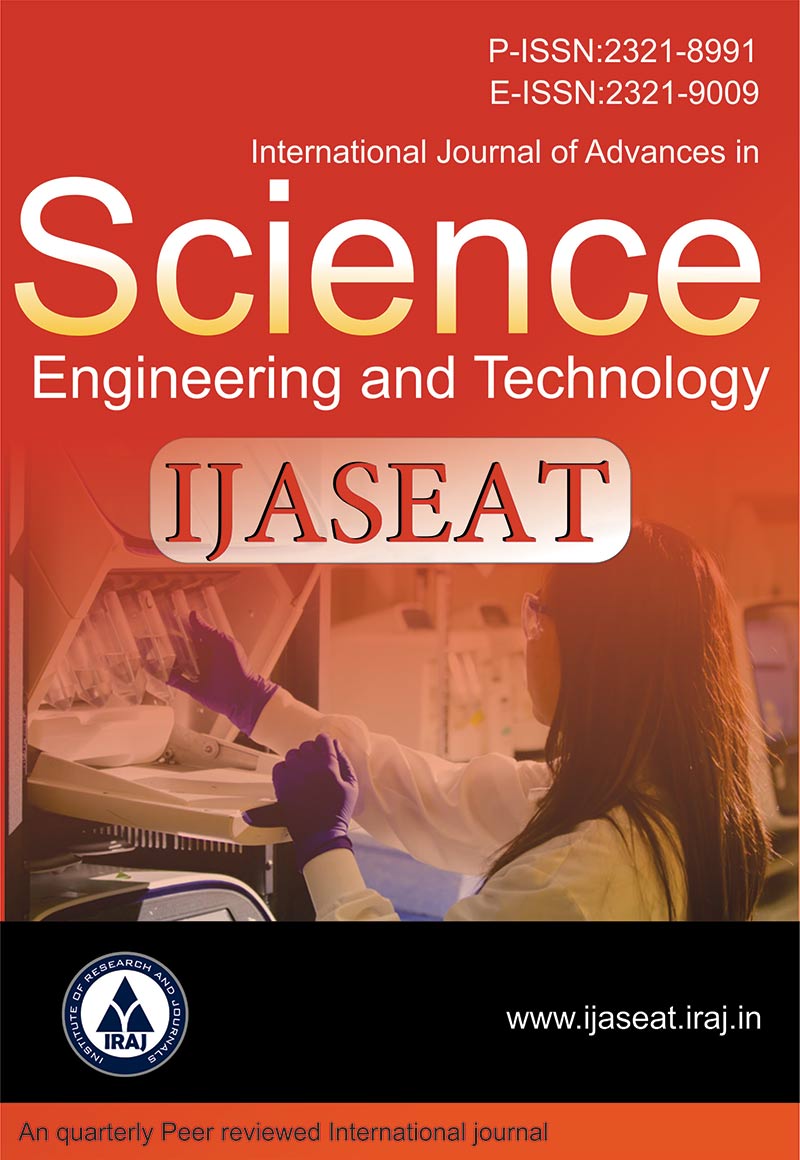Publish In |
International Journal of Advances in Science, Engineering and Technology(IJASEAT)-IJASEAT |
 Journal Home Volume Issue |
||||||||
Issue |
Volume-5, Issue-3 ( Jul, 2017 ) | |||||||||
Paper Title |
The “Multi-Layered Exegetic Translation” of the Qur’ān Explained through Sūrah(T) Al-Iķlās (Chapter 112): A Case Study | |||||||||
Author Name |
Basil Q. Muhammad | |||||||||
Affilition |
ELT Department, Ishik University, Erbil | |||||||||
Pages |
53-56 | |||||||||
Abstract |
For the rendition of the Sublime Qur’ān, translators have generally adopted a near-literal method. This method is provably short of efficiency when it comes to rendering the Qur’ān’s broader sense, which was naturally understandable to early Muslims, and which is still accessible to readers of Arabic books of Qur’ānic exegesis. The present researcher aims at introducing a new translation methodology devised by himself specifically for the rendition of the Qur’ān. In his new methodology, the writer takes on the responsibility of a translator-exegete who seeks to convey as much of the meaning of the Qur’ān in the light of the lush exegetic and linguistic material found in authentic Arabic books of tafseer. For this purpose, his new methodology utilises different font colours for the aim of providing readers with different levels of interpretation – namely, a near-literal level, a basic level, a standard exegetic level, and an extended exegetic level, all set together side by side. In more detail, by means of the “multi-layered exegetic interpretation”, a reader can initially get a quick and rudimentary understanding of a certain Qur’ānic text, often provided in a diversity of denotative senses that are blended together. At the same time, a reader can choose to get a fuller awareness of the meanings, enriched with connotations and denotative implications realisable to native-speaking Arabs, especially those who first heard this Divine text. Or a reader may choose to get a more contextualised meaning, derived from a holistic view of Revelation and a proper understanding of the Islamic Faith. Moreover, the reader can choose, without need for going through the hustle of footnotes or endnotes, to get a yet fuller explication of the text, rich with authentic commentary by master Qur’ān exegetes and linguists, much similar to the explication that readers can get from Arabic sources of elaborate Qur’ānic exegesis. Keywords- Qur’ān translation, Qur’ān interpretation, Qur’ān exegesis, exegetic translation methodology, Sūrah(t) al-Iķlās (Qur’ān, Chapter 112) | |||||||||
| View Paper | ||||||||||